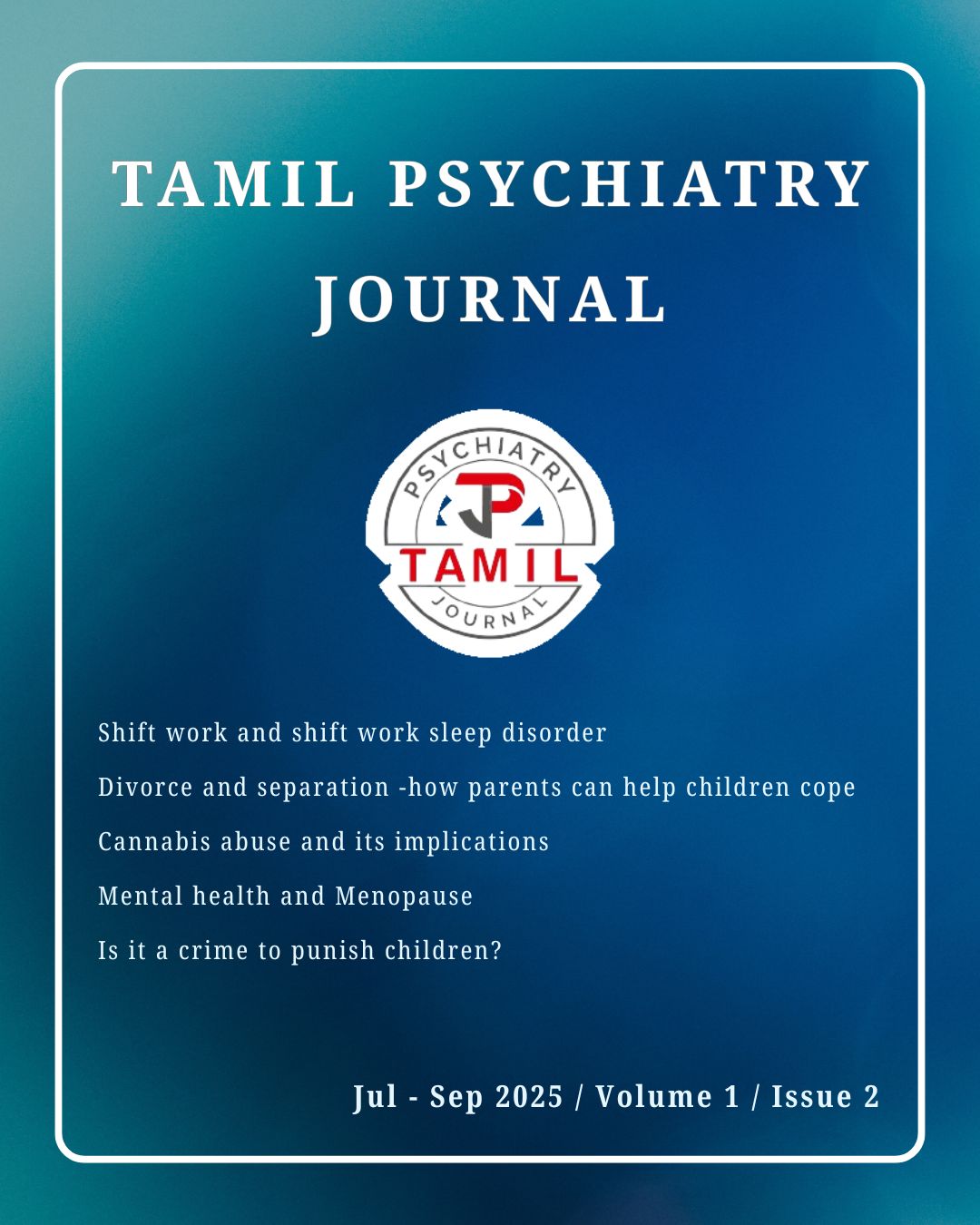Sensory Processing Disorder (SPD)
Symptoms and causes of SPD and its management
Keywords:
sensory processing disorder, internal sensations, external sensations, hyper-sensitive SPD, hypo-sensitive SPD, SPD, SPD occupational therapy, SPD sensory integration therapy, SPD environmental modification, SPD sensory diet, sensory processing, vestibular sense, spatial orientation, proprioception, interoception, nociception, புலன் செயலாக்கக் கோளாறு, புலன்கள், ஹைப்பர்-சென்சிட்டிவ் SPD, ஹைப்போ-சென்சிட்டிவ் SPD, SPD தொழில் சிகிச்சை, SPD புலன் ஒருங்கிணைப்பு சிகிச்சை, புலன் உணவுமுறை திட்டம், வெஸ்டிபுலர் புலன், புரோபிரியோசெப்ஷன், இன்டெரடோசெப்ஷன், நாஸிசெப்ஷன்Abstract
Our senses play a vital role in everything we do. From waking up in the morning to doing difficult tasks, our senses are essential for everything we do. We very well know the five external senses of our body namely- vision, hearing, smell, taste, and touch. Like the senses of taste and smell, our body's internal sensations are currently divided into five categories. They are- vestibular sense, spatial orientation, proprioception, interoception and nociception. The contribution of these senses is essential to how we experience the world around us. Some people have impairments in sensory processing, which is essential for a healthy life and balanced functioning. This affects the day-to-day functioning and negatively impacts mental health. This is called Sensory Processing Disorder (SPD). This impairment is a mental health disorder that affects people. Studies suggest that the risk of developing this sensory processing disorder (SPD) is increased by genetics, nutritional deficiencies during pregnancy, deficiencies in early child care, and repeated ear infections before the age of two. This article describes in detail the two types of SPD- hypersensitive and hypo-sensitive and their symptomatology. It also discusses the causes of SPD and the conditions in which it is commonly seen. It discusses in detail the therapeutic modalities for SPD like occupational therapy, sensory integration therapy, environmental modification and sensory diet.

